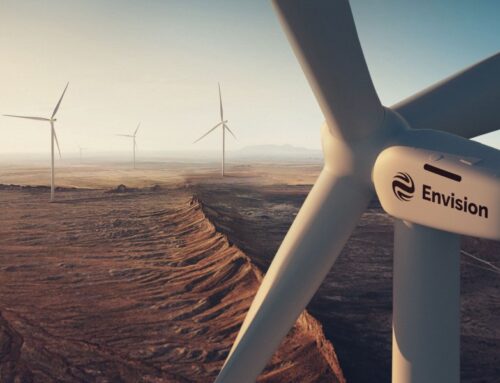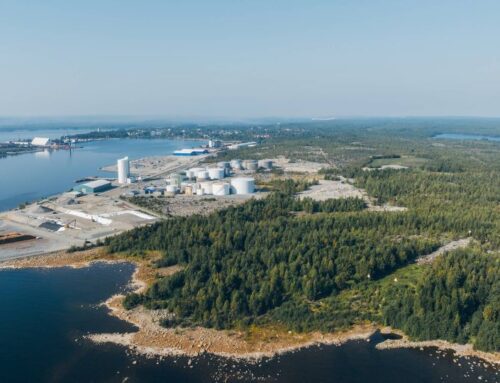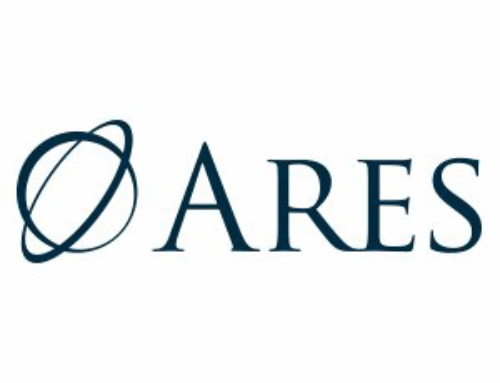State of Europe’s environment not good: threats to nature and impacts of climate change to
October 5, 2025
Significant progress has been made in reducing greenhouse gas emissions and air pollution, but the overall state of Europe’s environment is not good, especially its nature which continues to face degradation, overexploitation and biodiversity loss.
The impacts of accelerating climate change are also an urgent challenge, according to the European Environment Agency’s (EEA) most comprehensive, ‘state of environment’ report, published today. The outlook for most environmental trends is concerning and poses major risks to Europe’s economic prosperity, security and quality of life.
The report stresses that climate change and environmental degradation pose a direct threat to Europe’s competitiveness, which depends on natural resources. It adds that achieving climate neutrality by 2050 also hinges on better and responsible management of land, water and other resources. Protecting natural resources, mitigating and adapting to climate change, and reducing pollution will build the resilience of vital societal functions that depend on nature, such as food security, drinking water and flood defences.
The report urges stepping up implementation of policies and longer-term sustainability-enabling actions already agreed to under the European Green Deal. Such actions align with the European Commission’s Competitiveness Compass priorities on innovation, decarbonisation and security.
Europe’s environment 2025 is the most comprehensive analysis on the current state and outlook for the continent’s environment, climate and sustainability, building on data from across 38 countries.
The report highlights the European Union is a world leader in climate efforts, reducing its greenhouse gas emissions and fossil fuel use while doubling the share of renewables since 2005. Good progress has also been made in improving air quality and increasing waste recycling and resource efficiency over the past 10-15 years. Progress on a range of factors that enable the shift towards sustainability – such as innovation, green employment and sustainable finance – also gives cause for hope.
Complex challenges ahead
Biodiversity is declining across terrestrial, freshwater and marine ecosystems in Europe due to persistent pressures driven by unsustainable production and consumption patterns, demonstrated most notably in the food system. Looking ahead, the deterioration in the state of Europe’s biodiversity and ecosystems is expected to continue, with agreed policy objectives unlikely to be met by 2030, the report says.
Similarly, Europe’s water resources are under severe pressure, with water stress affecting one third of Europe’s population and territory. Maintaining healthy aquatic ecosystems, protecting watersheds and ensuring that groundwater resources are replenished is crucial to ensuring Europe’s future water resilience, the report says.
On climate change, Europe is the fastest-warming continent on the planet. The climate is changing at an alarming rate, threatening security, public health, ecosystems, infrastructure and the economy. The increasing frequency and magnitude of climate-related disasters, as well as the knowledge that the climate will continue to change even with the EU’s ambitious mitigation efforts, underscore the urgent need to adapt the European society and economy, while at the same time ensuring that no one is left behind.
These top challenges call for a need to rethink the links between our economy and the natural environment, land, water and natural resources, the report says. Only by restoring the natural environment in Europe will it be possible to maintain a competitive economy and a high quality of life for European citizens.
Scaling up and out
Transformative change to production and consumption systems — decarbonising the economy, shifting towards circularity, reducing pollution and exercising responsible stewardship of natural resources — is urgently required, the report says. EU policies, including the Green Deal, provide a clear pathway towards sustainability.
The report points specifically at efforts to restore habitats through nature-based solutions, which will build resilience and also help climate change mitigation and adaptation efforts. It also emphasises the need to decarbonise key economic sectors, especially transport, and to address emissions from agriculture. Increasing circularity has the potential to reduce Europe’s dependency on imports of energy and critical raw materials. Further, investing in digital and green transition of European industry, Europe can enhance productivity and become a global leader in green innovation, developing technologies to decarbonise hard-to-abate industries like steel and cement.
Background
The EEA publishes a state of environment report every five years as mandated in its regulation. Europe’s environment 2025 is the 7th such report published by the EEA since 1995. It offers solid, science-based insights on how we must respond to the huge and complex challenges we face, such as climate change, biodiversity loss and air and water pollution.
The report has been prepared in close collaboration with the EEA’s European Environment Information and Observation Network (Eionet). The report draws on the vast expertise of Eionet’s leading experts and scientists in the environmental field, across the EEA’s 32 member countries and six cooperating countries.
Source: European Environment Agency (EEA)
Search
RECENT PRESS RELEASES
Related Post




